Discover how to protect yourself and your family from harmful asbestos and lead exposure in older homes with these actionable tips.
As a child, I remember spending countless hours playing in my grandparents’ old house. It was a beautiful home with intricate details and charming features that always left me in awe.
However, as I grew older and learned more about the dangers of asbestos and lead exposure, my fond memories of that house turned into concern for my family’s health.
It’s no secret that many older homes contain materials such as asbestos and lead that can pose significant health risks if not handled properly. Asbestos has been linked to mesothelioma, lung cancer, and other respiratory diseases while lead exposure can cause developmental delays, behavioral problems, and even death.
As someone who writes about home air quality regularly, it’s important to address these issues head-on. In this blog post, we’ll explore the dangers of asbestos and lead exposure in older homes and provide practical tips on how to identify these hazards in your own home.
So sit back, grab a cup of tea (or coffee), and let’s dive into this important topic together!
Hidden Dangers: Asbestos & Lead

As I grew older and learned more about the dangers of asbestos and lead exposure, my fond memories of my grandparents’ old house turned into concern for my family’s health. It wasn’t until years later that I discovered just how prevalent these hidden dangers are in many older homes.
Asbestos was commonly used in building materials such as insulation, flooring, and roofing before its ban in the late 1970s. Unfortunately, this means that any home built before then could contain asbestos-containing materials (ACMs).
When these materials become damaged or disturbed during renovations or repairs, they release microscopic fibers into the air which can be easily breathed in by anyone nearby.
Lead-based paint was also widely used until it was banned for residential use in 1978. However, many homes built prior to this date still have lead-based paint on their walls.
If not properly maintained or removed safely during renovations or repairs, lead dust can accumulate on surfaces throughout a home and pose a serious risk to children who may ingest it through hand-to-mouth contact.
It’s important to note that both asbestos and lead exposure do not always present immediate symptoms but can cause long-term health effects if left unaddressed. That’s why identifying potential hazards early is crucial for protecting your family from harm.
Unveiling the Past: Older Homes
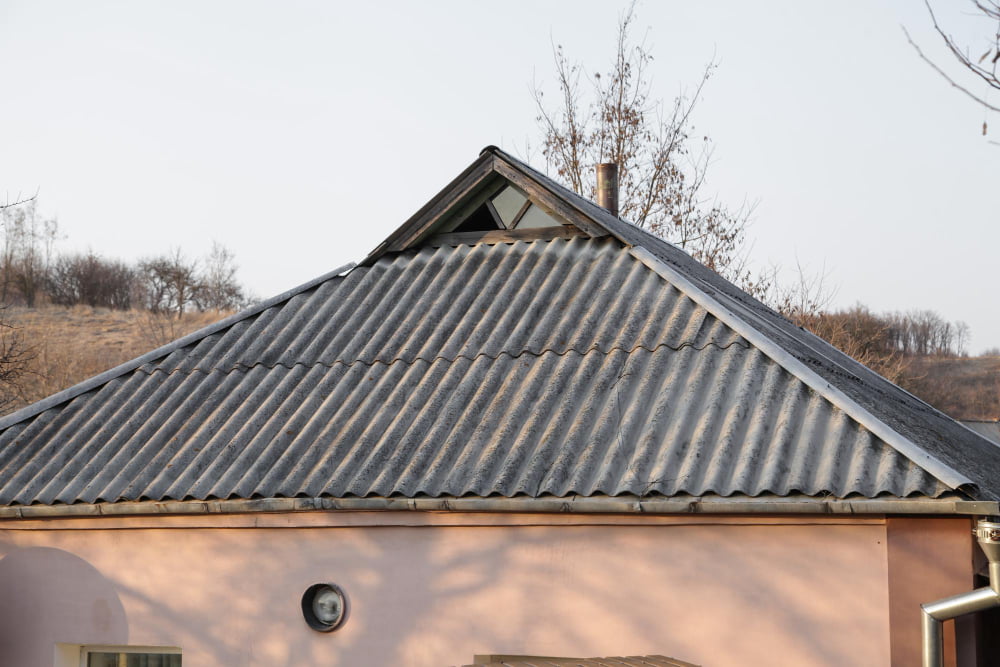
Older homes have a certain charm and character that can’t be replicated in modern construction. However, with age comes wear and tear, which can lead to hidden dangers such as asbestos and lead exposure.
Many older homes were built before the 1980s when these hazardous materials were commonly used in construction.
As I grew older, my love for my grandparents’ old house never faded. But as I learned more about home air quality issues, I couldn’t help but wonder if their beautiful home was hiding any dangerous secrets behind its walls.
It’s important to note that not all older homes contain asbestos or lead-based paint. However, it’s crucial to identify potential hazards so you can take steps to address them before they become a health risk for you or your loved ones.
In the next section of this article, we’ll explore how asbestos and lead exposure occur in older homes and what signs homeowners should look out for when assessing their own properties.
Asbestos Exposure: A Silent Threat
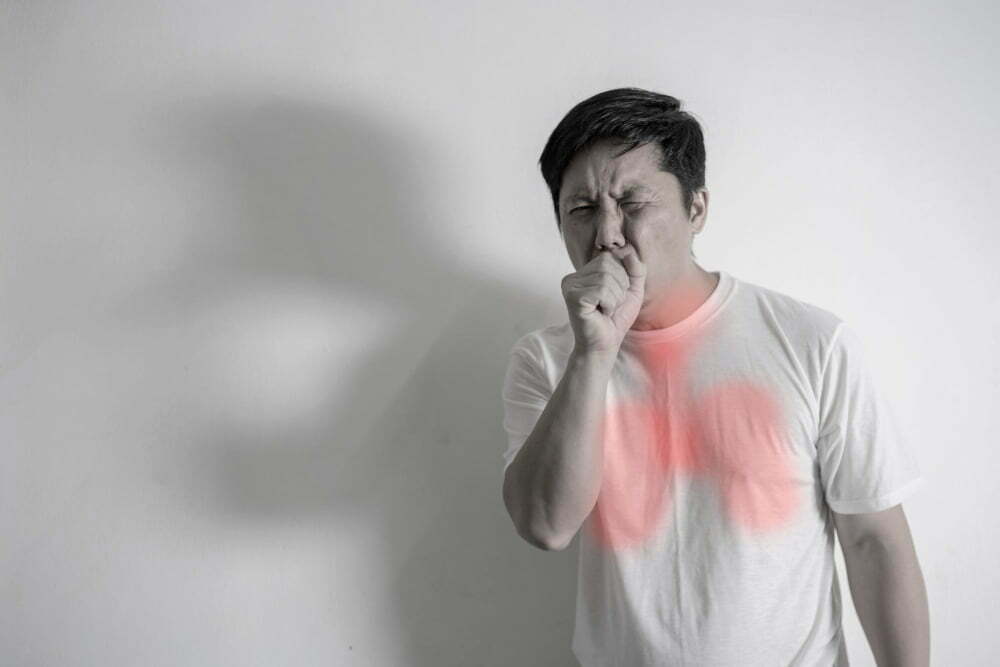
Asbestos exposure is a silent threat that can lurk in older homes, posing significant health risks to those who live there. As I grew more concerned about my family’s health and the potential dangers of asbestos exposure, I began researching this topic extensively.
What I found was alarming: asbestos was commonly used in building materials such as insulation, flooring tiles, and roofing shingles until it was banned by the Environmental Protection Agency (EPA) in 1989. This means that any home built before 1990 could potentially contain asbestos.
The danger with asbestos lies in its microscopic fibers which can easily become airborne when disturbed through activities like renovation or demolition work. Once these fibers are breathed into the lungs, they can cause serious respiratory diseases including mesothelioma and lung cancer.
It’s important to note that not all products containing asbestos pose an immediate risk if left undisturbed; however, it’s crucial to identify any potential sources of exposure so you can take appropriate action if needed. In the next section of this article we’ll explore how you can identify whether your home contains materials with high levels of lead or dangerous amounts of asbestos – stay tuned!
Lead Poisoning: The Invisible Enemy

As a child, I never would have guessed that the charming old house where my grandparents lived could be hiding such a dangerous threat. Lead poisoning is often referred to as an invisible enemy because it can go undetected for years while causing irreversible damage to our health.
Lead exposure is particularly concerning for children under six years of age who are still developing and growing. Even low levels of lead in their blood can cause developmental delays, behavioral problems, and lower IQ scores.
Unfortunately, many older homes contain lead-based paint which was commonly used before 1978 when it was banned by the Consumer Product Safety Commission.
If you live in an older home or are planning on purchasing one soon, it’s important to take steps to identify any potential sources of lead exposure. This includes having your home tested by a professional inspector who will check for peeling or chipping paint and other hazards like contaminated soil or water pipes made from lead materials.
If you do find that your home contains hazardous levels of lead-based paint or other materials containing this toxic substance, don’t panic! There are several ways you can address this issue including encapsulation (sealing off the area), enclosure (covering up with drywall), removal (hiring professionals trained in safe removal techniques) depending on the severity of contamination found during testing. Remember – prevention is always better than cure when dealing with invisible enemies like asbestos and lead poisoning!
Identifying Risks in Your Home
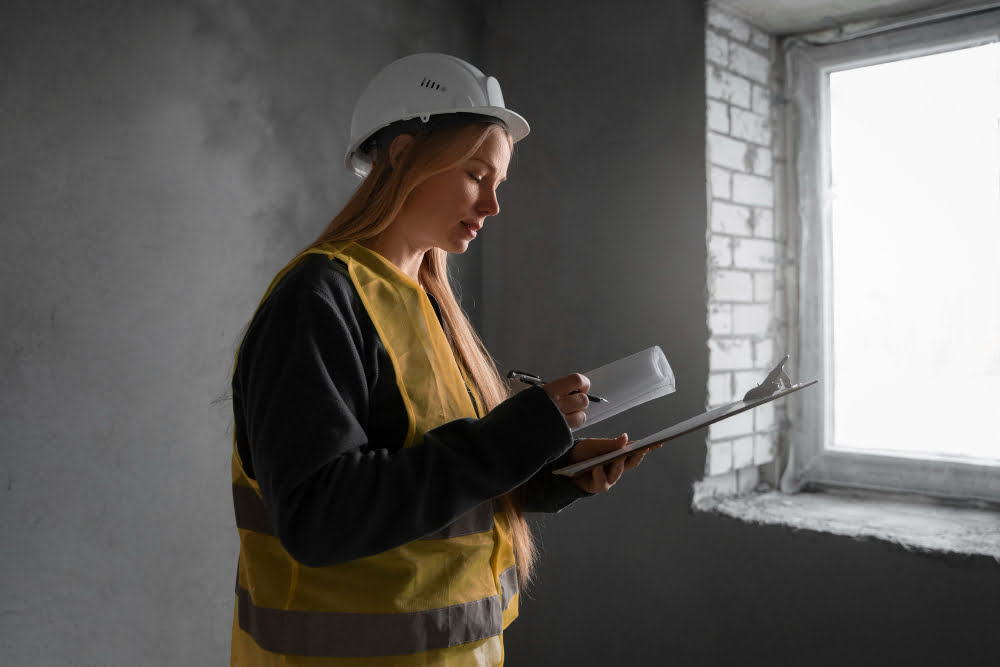
Now that we understand the dangers of asbestos and lead exposure in older homes, it’s important to know how to identify these risks in your own home. As I mentioned earlier, my grandparents’ old house was a beautiful structure with intricate details and charming features.
However, what I didn’t realize as a child was that some of those features contained hazardous materials.
One way to identify potential risks is by conducting an inspection or hiring a professional inspector who can assess your home for any hazards. This may include testing for asbestos in insulation or flooring materials or checking for lead-based paint on walls and windowsills.
Another way to spot potential hazards is by paying attention to any changes you notice within your home environment such as peeling paint or cracks around pipes which could indicate the presence of asbestos-containing materials.
It’s also essential not only identifying but addressing these issues promptly before they become more significant problems down the line. In our next section, we’ll discuss practical tips on how you can address these concerns if identified within your household while keeping yourself safe from harm during remediation processes.
DIY Vs Professional Remediation

Now that we understand the dangers of asbestos and lead exposure in older homes, it’s important to address how to handle these hazards. When it comes to remediation, homeowners are often faced with a choice between DIY or professional services.
As someone who cares deeply about my family’s health and safety, I initially considered tackling the issue myself. However, after researching the proper protocols for handling asbestos and lead-containing materials safely, I quickly realized that this was not a task for amateurs.
Professional remediation companies have specialized equipment and training necessary to remove hazardous materials safely without causing further contamination. They also follow strict regulations set by federal agencies such as OSHA (Occupational Safety & Health Administration) and EPA (Environmental Protection Agency).
While hiring professionals may seem like an expensive option at first glance, it can actually save you money in the long run by preventing costly mistakes or incomplete removals that could result in future health risks or legal liabilities.
When dealing with hazardous materials such as asbestos or lead-containing paint found in older homes – always consult with professionals before attempting any DIY solutions!
Safe Renovation Practices
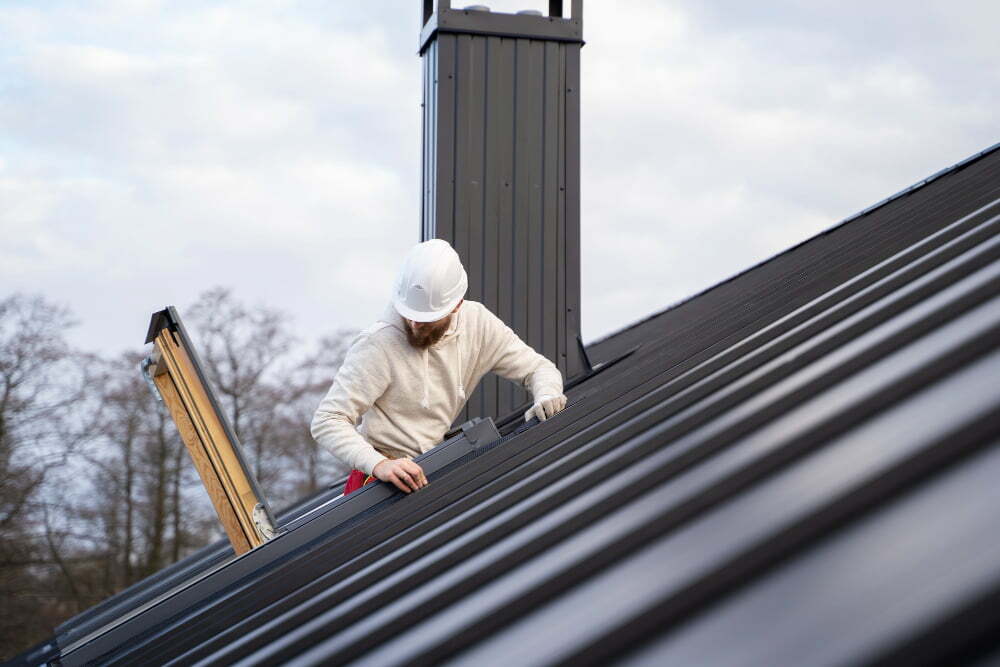
If you’re like me and have an older home, it’s important to take extra precautions when renovating or making any changes to the structure. Asbestos and lead can be found in many building materials such as insulation, flooring, paint, and pipes.
Disturbing these materials during a renovation can release harmful fibers into the air that can cause serious health problems for you and your family.
To ensure safe renovation practices in your home:
1. Hire a professional: It’s always best to hire a licensed contractor who is trained in handling asbestos or lead-containing materials safely.
2. Test before starting: Before beginning any renovations on an older home built before 1978 (when lead-based paint was banned), test for both asbestos and lead using certified testing labs.
3. Use protective gear: If you plan on doing some of the work yourself, make sure to wear proper protective gear such as gloves, masks with HEPA filters (to filter out small particles), goggles or safety glasses while working with hazardous material
4. Contain dust & debris: During renovations containing hazardous material use plastic sheeting barriers around work areas; seal off doors/windows/vents; use negative pressure machines equipped with HEPA filters which will help contain dust/debris from spreading throughout other parts of your house
By following these safe renovation practices we can protect ourselves from exposure while still enjoying our beautiful old homes!
Health Impacts of Exposure

As I mentioned earlier, asbestos and lead exposure can have severe health impacts. Asbestos fibers are microscopic and can easily be inhaled, causing damage to the lungs over time.
This damage may not show up for years or even decades after exposure but can result in mesothelioma, lung cancer, asbestosis (a chronic lung disease), and other respiratory diseases.
Lead is also a dangerous substance that was commonly used in paint until it was banned by the U.S. Consumer Product Safety Commission (CPSC) in 1978.
Lead poisoning occurs when lead builds up in the body over time due to repeated exposure through ingestion or inhalation of dust particles containing lead.
As someone who spent a lot of time playing around an old house with my family as a child, I know firsthand how easy it is for children to come into contact with these hazardous materials without realizing it. It’s essential that we take steps to identify potential hazards within our homes so we can protect ourselves and our loved ones from harm caused by asbestos and lead exposure.
In the next section of this article on “How To Identify Potential Hazards,” we’ll explore practical tips on how you can identify if your home contains these hazardous materials so you can take action before any harm is done!
Prevention and Protection Tips
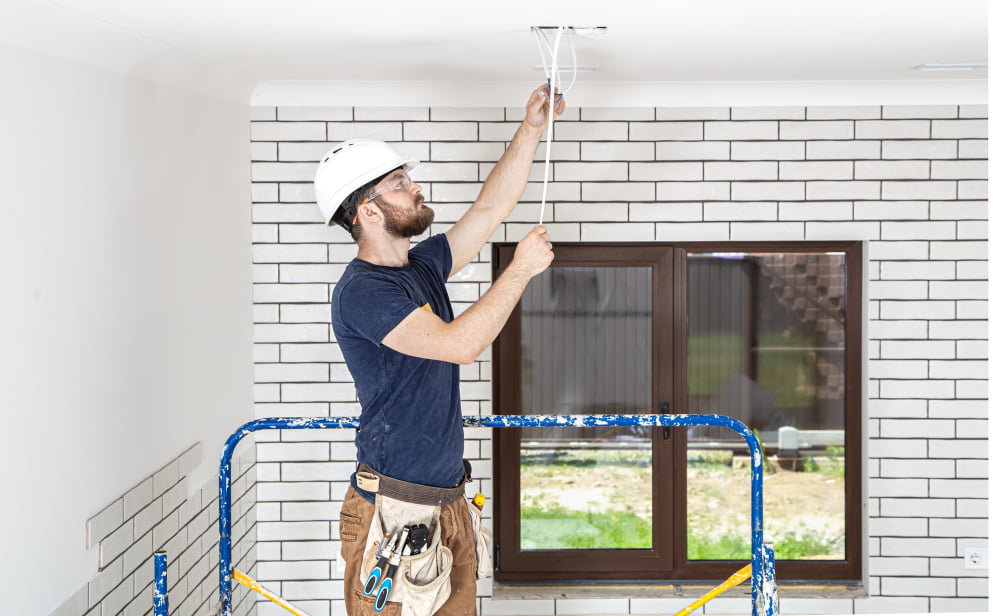
Now that we’ve discussed the dangers of asbestos and lead exposure in older homes, it’s time to talk about prevention and protection tips. The good news is that there are several steps you can take to minimize your family’s risk.
Firstly, if you suspect that your home may contain asbestos or lead-based paint, do not attempt any DIY removals. Instead, hire a professional who has experience with these hazardous materials.
They will have the necessary equipment and training to safely remove them from your home without putting anyone at risk.
Secondly, make sure to keep areas containing these materials well-ventilated by opening windows or using fans during renovations or repairs. This will help prevent any dust particles from becoming airborne and spreading throughout the house.
Lastly, invest in high-quality air filters for your HVAC system as they can capture small particles like those released by asbestos fibers or lead dust before they circulate through the air inside of your home.
By taking these preventative measures seriously when dealing with older homes containing hazardous materials such as asbestos and lead-based paints; we can ensure our families’ safety while preserving cherished memories within our beloved old houses for generations yet unborn!
Read Also
- Common Air Pollutants Found in Homes
- The Benefits of Professional Air Quality Testing and Consultation
- Volatile Organic Compounds (VOCs) in Household Products and How to Reduce Exposure
- How to Select Low-VOC Materials and Products for a Healthier Home
- St. Louis Air Quality: Understanding Its Impact and Initiatives